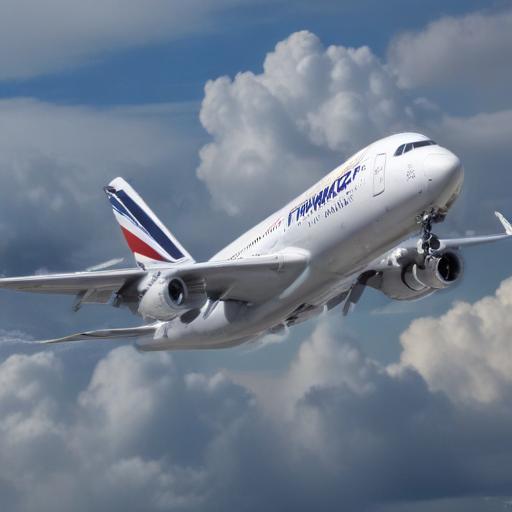Air France Flight AF136, en route from Paris to Chicago, experienced a significant disruption mid-flight, necessitating a dramatic U-turn over the Atlantic Ocean due to a clearance crisis. This unexpected situation has left passengers stunned and the airline industry grappling with serious questions about operational logistics.
The Airbus A350-900 took off from Paris-Charles de Gaulle Airport at 12:49 CEST and flew at a cruising altitude of 38,000 feet. Everything seemed normal until approximately 16:30 CEST, when, midway between Iceland and Greenland, the plane abruptly turned back towards Paris after learning it was denied landing clearance at Chicago O’Hare International Airport.
While Air France attributed this turnaround to “operational reasons,” the details suggest potential issues like regulatory miscommunication or sudden policy changes. Such clearance issues, though rarely encountered, can have a pronounced impact, especially in the current climate of aviation where the industry continues to recover from the strains of the pandemic. Staffing shortages and regulatory checks have intensified the complexity of international travel operations.
Passengers found themselves in a predicament as the aircraft retraced its steps, leading to emotional turmoil for those expecting to land in Chicago. Families in Chicago faced uncertainty, anxiously awaiting information on their loved ones. After approximately 6 hours and 37 minutes in the air, the flight returned to Paris.
In response to the incident, Air France promptly provided accommodations for passengers and arranged for rebooking on a subsequent flight the following day, a necessary logistical move that highlights the financial pressures on airlines during operational disruptions.
This incident not only disrupts individual travel plans but has wider implications for the aviation sector. It serves as a reminder of the fragile nature of air travel and the critical need for seamless communication and operational precision among airlines, airports, and governing bodies. With increasing passenger volumes and geopolitical fluctuations, airlines must remain vigilant and adapt their operations to mitigate the risks of similar occurrences in the future.
Travelers should take this experience as an opportunity to consider flexible travel plans and insurance coverage, emphasizing the importance of staying informed about potential changes. As the aviation industry processes the implications of Flight AF136’s turnabout, there’s hope for improved protocols that can help prevent such incidents from reoccurring, ensuring that air travel remains a reliable mode of connectivity in our increasingly interconnected world.
